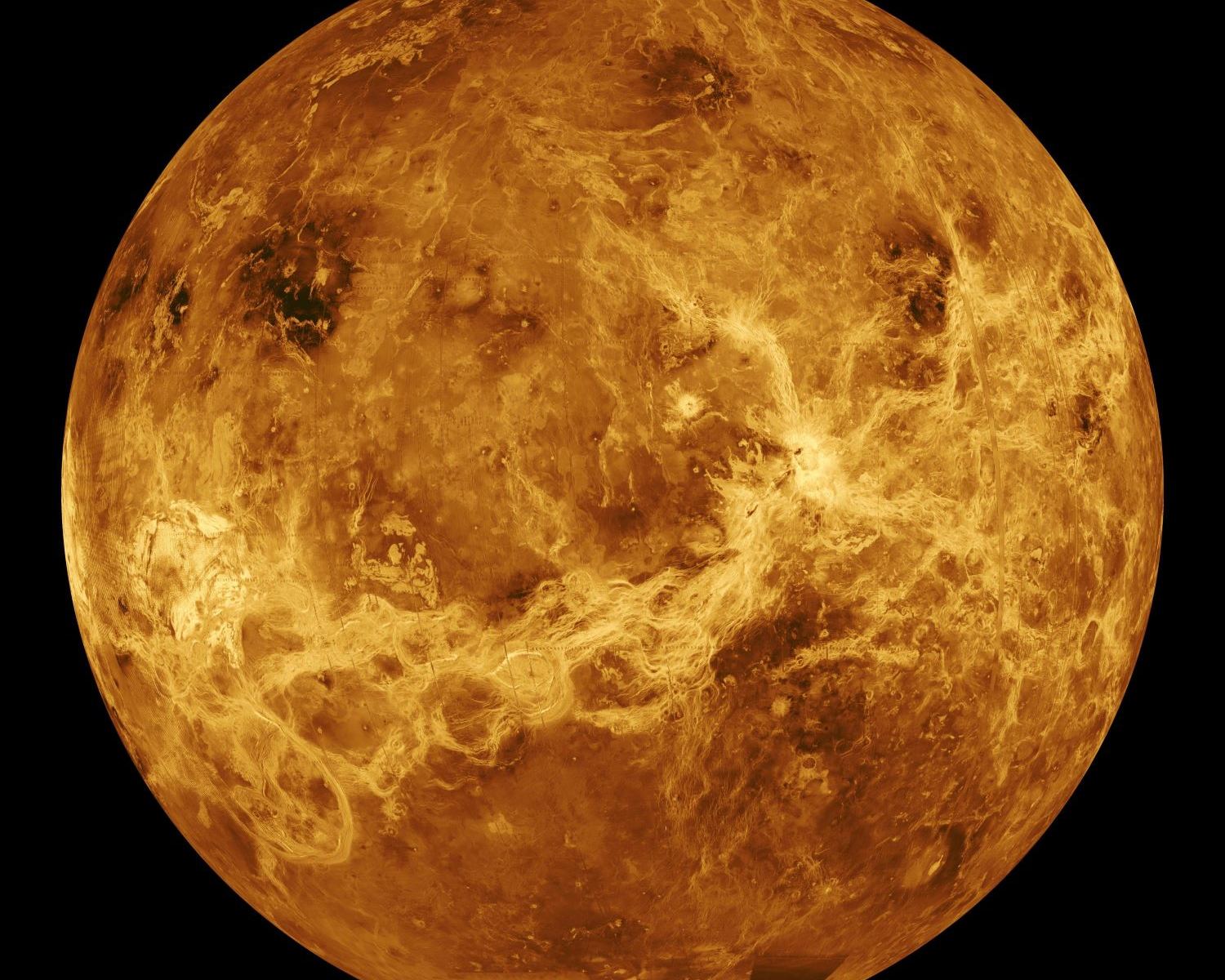It’s no secret that spending extended periods in space takes a toll on the human body. For years, NASA and other space agencies have been researching the effects of microgravity on humans, animals, and plants aboard the International Space Station (ISS). So far, the research has shown that being in space for long periods leads to muscle atrophy, bone density loss, changes in vision, gene expression, and psychological issues. Knowing these effects and how to mitigate them is essential given our future space exploration goals, which include long-duration missions to the Moon, Mars, and beyond.
However, according to a recent experiment led by researchers at Johns Hopkins University and supported by NASA’s Johnson Space Center, it appears that heart tissues “really don’t fare well in space” either. The experiment consisted of 48 samples of human bioengineered heart tissue being sent to the ISS for 30 days. As they indicate in their paper, the experiment demonstrates that exposure to microgravity weakens heart tissue and weakens its ability to maintain rhythmic beats. These results indicate that additional measures must be taken to ensure humans can maintain their cardiovascular health in space.
Continue reading “Space Travel Weakens the Heart, New Study Finds”










